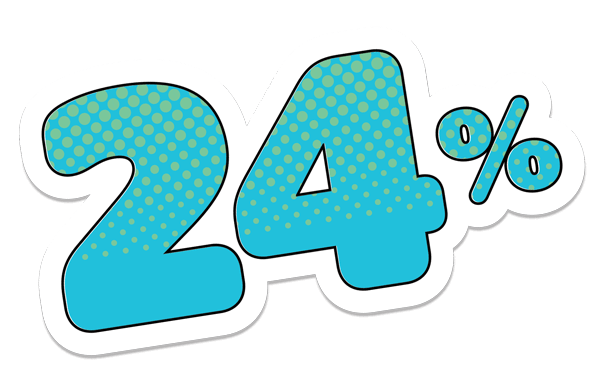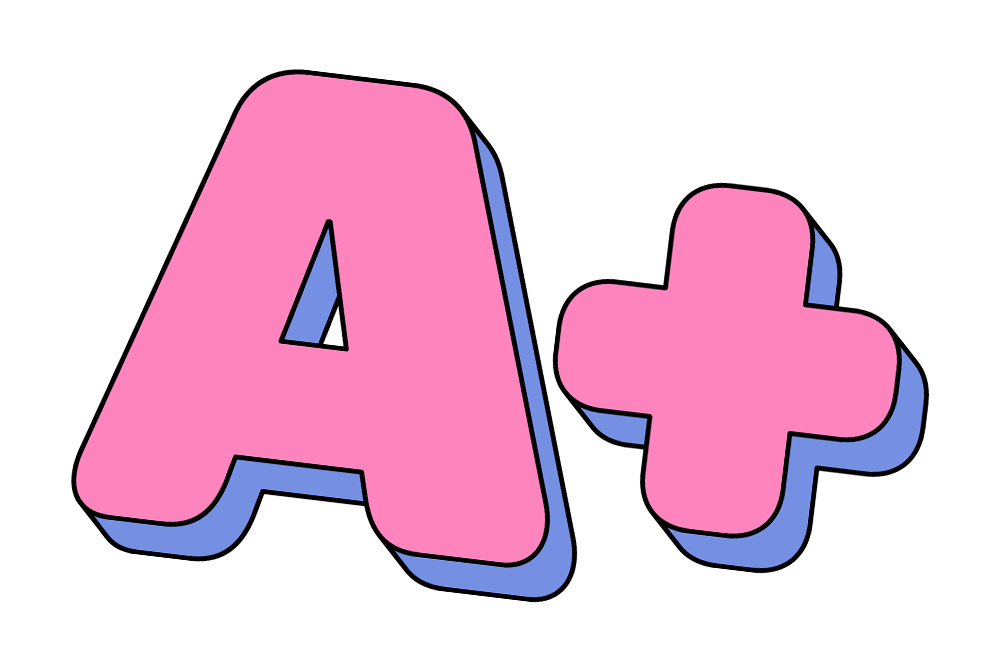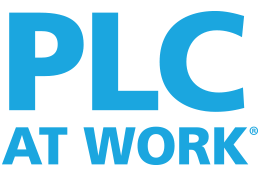District grows student proficiency by 
Demographics
7,650 students / 31.5% free or reduced lunch / 2% English learners / 20% Special needs
77% White / 11% Black / 7% Hispanic or Latino / 2% Asian or Filipino / 2% American Indian or Alaska Native /
.1% Native Hawaiian or Pacific Islander
Kingsport City Schools' Challenge
Kingsport City Schools (KCS) serves 7,650 students in preK–12 across 14 schools. Long recognized as a high-performing district, KCS has built its reputation on strong academics and a commitment to student-focused, world-class education. Yet in recent years, momentum seemed to stall.
Leadership turnover at both the district and school levels created shifting priorities and weakened the focus on learning. Chronic absenteeism, an existing issue that deepened after the pandemic, further limited student progress. Achievement data revealed that overall growth had plateaued, and subgroup performance highlighted the need for more consistent systems of support.
Although KCS first engaged with the Professional Learning Communities (PLC) at Work® process a decade ago, the district’s focus on the core principles of collaboration, collective responsibility, and results waned over time. What remained was PLC Lite—well-meaning practices without the consistency required to transform learning. Leaders at KCS knew that a culture of collaboration, supported by intentional strategic planning, would be essential for sustainable improvement.
Implementation
|
Step 1: PD with Thomas W. Many, Timothy D. Kanold, |
|
Step 2: Learning By Doing and The Handbook for Highly |
|
Step 3: PLC at Work® Institute |
|
Step 4: PD with Chris Hansen and Cara Shores |
|
Step 5: PLC at Work® and RTI at Work™ events |
Kingsport City Schools’ journey with the PLC at Work process stretches back more than a decade. Between 2011 and 2013, the district partnered with associates such as Thomas W. Many and Timothy D. Kanold, who guided leaders through the essential learning process.
The need to move to a more robust and effective PLC occurred in 2023 with the arrival of superintendent Dr. Chris Hampton and the leadership of chief academic officer Dr. Brian Cinnamon. Determined to restore focus and coherence across the district, they reached out to Solution Tree for a comprehensive reboot. “We realized we couldn’t afford to keep doing PLC Lite,” Dr. Cinnamon said. “If we wanted to see meaningful outcomes for students, we had to commit to doing this work with fidelity.”
The district’s first step was to rebuild leadership capacity. Associate Tim Solley worked closely with principals and administrators in the 2023−2024 school year, leading training sessions that reintroduced the three big ideas and four critical questions of the PLC process. These sessions went beyond theory, asking leaders to create a collaborative action plan for how PLC work would look and feel in their schools. Administrators also engaged in book studies for Learning by Doing and The Handbook for Highly Effective Teams in a PLC at Work®, which gave them the tools to monitor and support teams with a shared language and framework. That same year, KCS attended the PLC at Work Institute in Kansas City.
Once leaders were grounded, the focus shifted to teachers in the 2024−2025 school year. Guiding coalition members from each school were trained to extend PLC practices into classrooms, ensuring the work reached students more directly.
“An additional key shift for us was to ensure that our monthly leadership teams with administrators transitioned from a focus on information and operations to the three big ideas of a PLC (focus on learning, building a collaborative culture, and a focus on results). We developed common expectations around planning, common quarterly benchmarks, and data conferences with the intention of planning next steps in each monthly session as a bridge to practice between sessions with Tim Solley,” Cinnamon said.
At the same time, the district partnered with Solution Tree associate and PLC expert Chris Hansen to strengthen its multitiered system of supports, realigning Tier 2 interventions to ensure students received timely, targeted help. Instructional assistants also received training from associate Cara Shores that year on inclusive practices and behavioral supports, broadening the district’s capacity to meet diverse student needs.
To sustain progress, district leaders introduced a rubric to assess the effectiveness of collaborative teams. Professional learning also continued through national institutes, with teams attending PLC at Work Institutes in Las Vegas and Charlotte, as well as RTI at Work™ events in Tennessee. These experiences reinforced the district’s commitment and infused fresh energy into local implementation.
|
Step 1: PD with Thomas W. Many, Timothy D. Kanold, |
|
Step 2: Learning By Doing and The Handbook for Highly |
|
Step 3: PLC at Work® Institute |
|
Step 4: PD with Chris Hansen and Cara Shores |
|
Step 5: PLC at Work® and RTI at Work™ events |
What excites me most is not just the growth in our data, but the shift in how our teams talk about kids. Collaboration isn’t an event anymore—it’s become who we are.
Results
Over the past two years of fully implementing the PLC at Work® process, Kingsport City Schools has seen measurable, systemwide gains:
- The number of Level 5 schools increased from seven to nine, with Lincoln and Sevier (Title I schools) earning the distinction for the first time.
- Revised Tier 2 interventions reduced the number of students requiring Tier 3 instruction.
- One school earned Model PLC at Work status.
- Student proficiency grew:
- Grades 3–5 ELA rose from 48% (2023) to 55.7% (2025).
- Grades 3–5 math increased from 47.4% to 55%.
- Grades 6–8 math jumped from 36.5% to 45.4%.
- Grades 6–8 science rose from 50.9% to 56.6%.
Districtwide proficiency growth
Why PLC AT WORK®?
 Professional learning communities are schools that empower educators to work collaboratively in recurring cycles of collective inquiry and action research to achieve better results for the students they serve.
Professional learning communities are schools that empower educators to work collaboratively in recurring cycles of collective inquiry and action research to achieve better results for the students they serve.
Learn more about PLC at Work® Learn more on AllThingsPLC.info
Please note that all Evidence of Excellence stories, and the data and people therein, represent solely the timeframe in which Solution Tree actively worked with the school or district and the timeframe in which the school or district committed to implementing processes and practices set forth by Solution Tree. Building and district leaders and staff featured in Evidence of Excellence stories may have changed since the stories were published.



